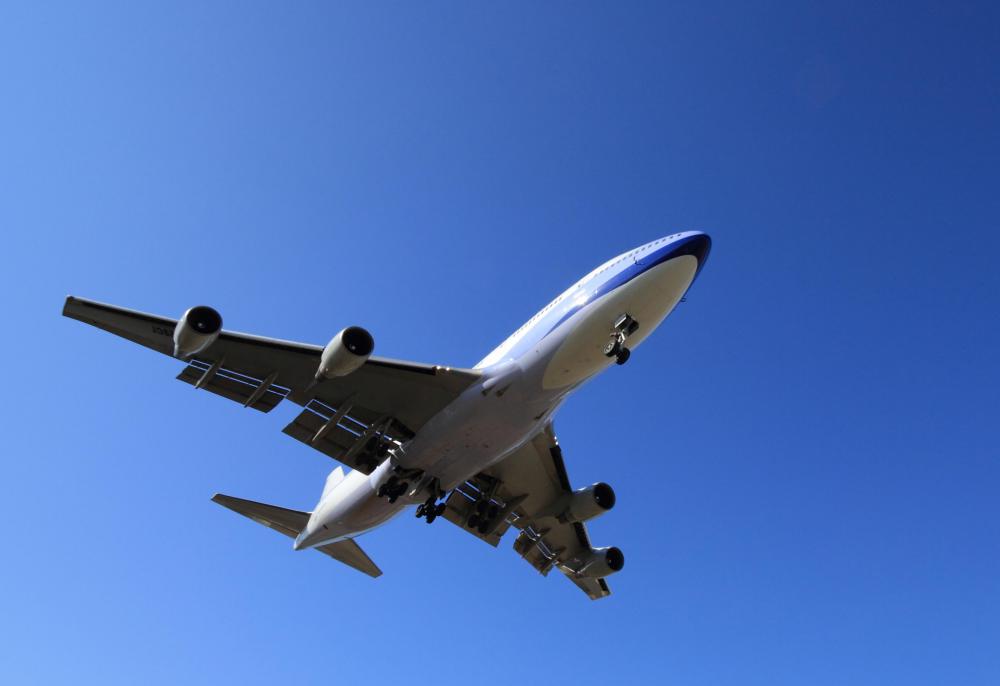At WiseGEEK, we're committed to delivering accurate, trustworthy information. Our expert-authored content is rigorously fact-checked and sourced from credible authorities. Discover how we uphold the highest standards in providing you with reliable knowledge.
What Is Flight Dynamics?
Flight dynamics is the analysis of the way aircraft move through the air, the forces and control systems that allow them to maintain flight, and the outside physical forces that act upon them such as thrust, lift, gravity, and drag. The chief applications of the science of flight dynamics relate to the attitude of aircraft during flight, particularly in the ways that they move and are made to move in the three separate axes of pitch, yaw and roll. The science of flight dynamics is also applied to spacecraft as well, but the ways in which flight and flight control are achieved in such craft differ significantly from those of atmospheric craft such as airplanes and helicopters.
Orientation of aircraft and spacecraft use what is called an ideal as a reference point. For atmospheric aircraft, this is essentially straight and level flight, using the ground as a reference. For spacecraft, this reference is arbitrary and may be based upon the planetary or other object around which the spacecraft is orbiting or even another spacecraft. When a space craft is in orbit around the Earth, the Earth's surface is often used as the reference, but for the purposes of maneuvering near and docking with other spacecraft or the International Space Station, for example, the other craft or object may be the reference.

The three axes of rotation of air and spacecraft are called pitch, roll, and yaw, and a spacecraft or aircraft moves around these axes with its center of gravity, or mass, as the point where the three axes meet. Aerospace engineers and designers use flight dynamics to determine how air and spacecraft will behave when control mechanisms are used to rotate the vehicle in one of these directions, as well as directional movement of the vehicle through the atmosphere or space. Things like the amount of thrust required for flight, flight stability, maneuverability, and climb rates can all be estimated with a high degree of accuracy for an air or spacecraft design by applying principles of flight dynamics. Control and propulsion systems are designed using principles of flight dynamics to enable air and spacecraft to effect controlled, efficient flight.

While each of the three axes of rotation has a scientific definition, these can be confusing, and it is often easier to define them in more simple terms. Pitch refers to the attitude of the direction of flight in regard to the reference point, in an up or down direction. When an airplane is climbing, it is said that its pitch is positive, that is it is angled above the reference point.

Yaw refers to the attitude of the aircraft from side to side. Imagine a model plane sitting on a table, and without moving the center of the plane, spin it to one side or the other. This is yaw. Roll can be easily pictured by imagining an airplane in straight level flight and lifting one wing.
AS FEATURED ON:
AS FEATURED ON:













Discuss this Article
Post your comments